Transforming Business Efficiency
The Role of AI Modelers in Optical Character Recognition (OCR)
In the digital era, businesses are constantly seeking innovative solutions to enhance efficiency and streamline processes. Optical Character Recognition (OCR) technology has emerged as a game-changer, particularly in digitizing business cards and other paperwork. With the integration of AI modelers, businesses can take OCR capabilities to new heights, revolutionizing the way they manage and utilize critical information. In this article, we explore business situations where AI modelers prove invaluable in OCR applications.
- Efficient Business Card Management:
Traditional business card management involves manual entry and organization, which can be time-consuming and prone to errors. AI modelers enhance OCR technology by automating the extraction of information from business cards. This not only saves time but also ensures accurate and consistent data capture, allowing businesses to maintain organized and up-to-date contact databases effortlessly.
- Streamlining Document Digitization:
In industries where paperwork is still prevalent, such as legal, healthcare, and finance, OCR technology powered by AI modelers simplifies the process of digitizing documents. From invoices and contracts to handwritten notes, AI-driven OCR efficiently converts paper-based information into digital formats. This not only reduces the need for physical storage but also facilitates quick and easy retrieval of essential data.
- Enhancing Data Accuracy:
Manually entering data from documents is prone to errors, leading to potential mistakes in business operations. AI modelers in OCR applications significantly enhance data accuracy by recognizing and interpreting characters with a high level of precision. This ensures that businesses can rely on the digitized data for critical decision-making processes.
- Accelerating Information Retrieval:
With vast amounts of data being generated daily, the ability to retrieve specific information swiftly is paramount. AI-driven OCR excels in this aspect by not only digitizing documents but also making the extracted information searchable. Businesses can now access and retrieve data from documents in a matter of seconds, enhancing overall operational efficiency.
- Facilitating Regulatory Compliance:
In industries with stringent regulatory requirements, such as healthcare and finance, compliance with data management standards is non-negotiable. AI modelers in OCR applications play a crucial role in ensuring compliance by automating the extraction and handling of sensitive information according to regulatory guidelines. This not only reduces the risk of compliance-related issues but also provides a secure and auditable system for document management.
- Customizable Solutions for Various Industries:
AI modelers are highly adaptable and can be trained to recognize industry-specific terminology and formats. Whether it’s extracting technical specifications from engineering documents or deciphering medical codes in healthcare records, AI-driven OCR can be customized to meet the unique needs of different industries, making it a versatile tool for diverse business environments.
 Copyright © 2017 Dataflow Solution
AI-Powered Automation, Human-Centered Success.
We Make Your Business Flow Effortlessly.
Copyright © 2017 Dataflow Solution
AI-Powered Automation, Human-Centered Success.
We Make Your Business Flow Effortlessly.